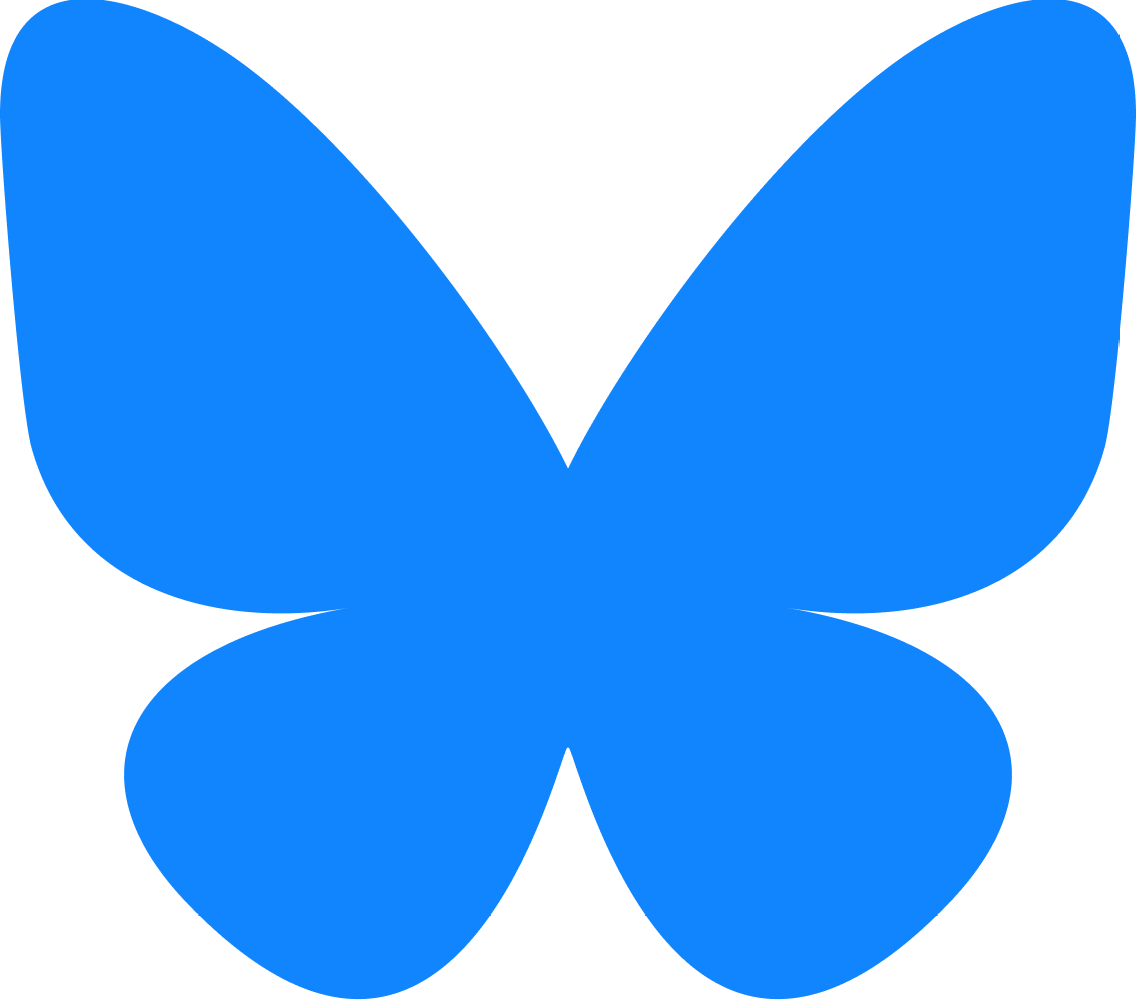Gender and Power in Narratives of “Natural Horsemanship”
The Production of “Prey-Identified Masculinity”
DOI:
https://doi.org/10.52537/humanimalia.9982Abstract
It is widely recognized by equestrians that Natural Horsemanship has helped to create better lives for horses, but what are the effects of the discipline among humans? The narratives of the leading exponents of Natural Horsemanship, Monty Roberts and Buck Brannaman, use ethological language to argue that their background of surviving childhood abuse by their fathers allows them to understand the position of “prey animals,” which includes both horse and woman. I posit that Roberts’s and Brannaman’s narratives produce a “prey-identified masculinity” that allows them, as traditional cowboy types (white, broad and tall), to lead the primarily female followed discipline. An examination of the discourse of Natural Horsemanship illuminates the function of gender essentialism, and yet also demonstrates how gender fluidity is encouraged as masculine and feminine body language is employed by men and women in the discipline.
Downloads

Published
Issue
Section
License

This work is licensed under a Creative Commons Attribution-NonCommercial 4.0 International License.









